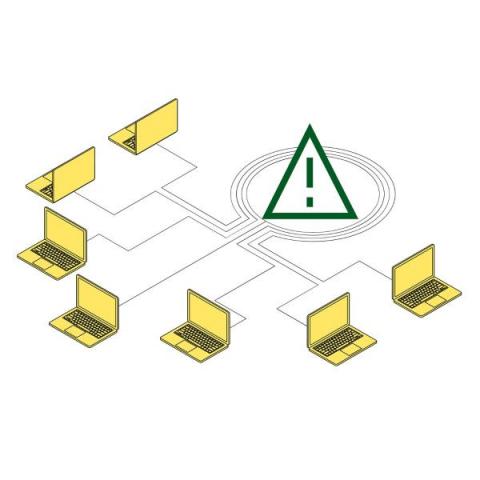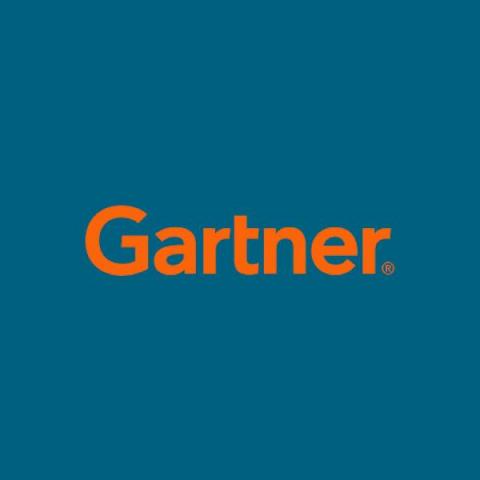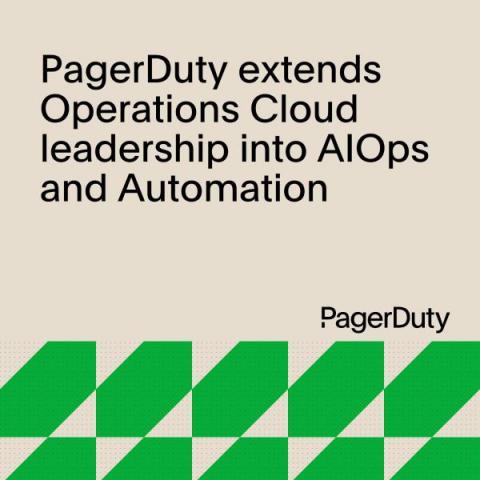10 Years of Failure Friday at PagerDuty: Fostering Resilience, Learning and Reliability
In today’s fast-paced and ever-evolving world of technology, failure is inevitable. Organizations should embrace failure as a learning opportunity for how to build and deliver more resilient services. At PagerDuty, we’ve practiced Failure Friday for 10 years now. Failure Friday–a practice inspired by the chaos engineering space–involves intentionally injecting failures into our systems to improve reliability and foster a proactive engineering culture.











